Ship spacecraft successfully landed in the Indian Ocean. (Video: SpaceX)
SpaceX's 122-meter-tall Starship super rocket was launched for the sixth time at 4:00 p.m. on November 19 local time from Starbase, Texas, or 5:00 a.m. on November 20 Vietnam time.
SpaceX landed Starship’s massive first-stage booster, called Super Heavy, back on the launch tower during the vehicle’s most recent test flight on Oct. 13. The company had hoped to repeat that feat on this launch, but flight data and other factors made that impossible.
Seven minutes after liftoff, the Super Heavy booster stage made a controlled landing in the Gulf of Mexico and splashed down on the water. SpaceX communications manager Dan Huot said the company “hit a commitment criterion.”
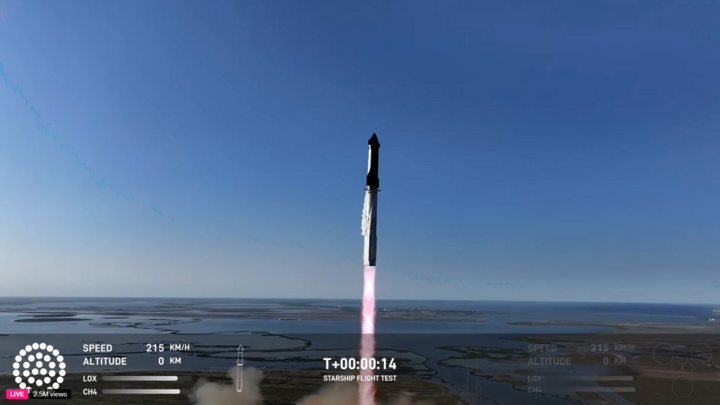
Starship at the moment of successful launch into space. (Photo: SpaceX)
Despite the results not as good as last month, Greg Autry — associate dean for aerospace at the University of Central Florida — said the launch “looked really good.” He thinks the company may have opted to land the booster in the ocean “out of an abundance of caution,” since President-elect Donald Trump and SpaceX CEO Elon Musk were both on hand to watch the test launch in Texas.
" I'm not sure what the decision-making process is in case something goes wrong. They probably just want to be careful to avoid any risk to the US President-elect ," he said.
The rocket that landed in the Gulf of Mexico cannot be reused because it was not designed to be “submerged in salt water,” Autry said, according to two sources familiar with the matter. Autry is a candidate for a space leadership position under the Trump administration, according to two sources familiar with the matter.
New milestones
The launch was about more than just getting Super Heavy back to Earth intact. SpaceX also wanted to test a range of technical requirements for the upper stage of Starship (aka Ship), a 164-foot-tall spacecraft.
The launch put Ship on the same suborbital trajectory it took on test flight 5, aiming for a splashdown in the Indian Ocean off the northwest coast of Australia about 65 minutes after liftoff. Ship also achieved a number of new milestones along the way.
Test flight 6, for example, carried Starship’s first payload—a fluffy banana that served as a zero-gravity indicator. In addition, the ship re-ignited one of its six Raptor engines about 38 minutes into the flight. (Super Heavy also uses Raptors—33 in total.)
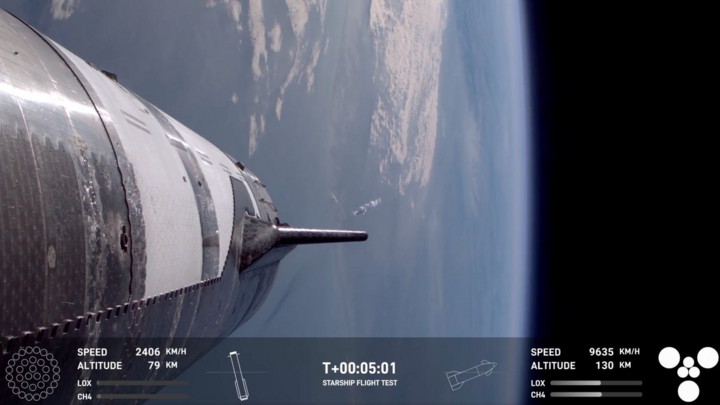
The top part of the Starship system is the Ship spacecraft flying in space. (Photo: SpaceX)
This burn is a crucial step that will one day give Ship the ability to fire its engines, decelerate, and re-enter the atmosphere safely. SpaceX aims to land Ship on the launch pad and capture it with a robotic arm in the future. If that works, recovery, repair, and reassembly for reuse will be much easier than the current landing in the Indian Ocean.
Flight 6 also tested improvements to the spacecraft's heat shield, which protects the spacecraft as it reenters Earth's atmosphere.
During this flight test, SpaceX tested new supplemental thermal protection materials and tested the complete removal of some of the heat shields on the sides of the spacecraft. These locations are being studied for future recovery aids. Additionally, the spacecraft was deliberately flown at a higher angle of attack just before landing to test the limits of wing control and gather data for future landing designs.
SpaceX also adjusted the launch time of Flight 6 to get a better look at the re-entry and landing of the capsule. Flight 5 (and the four before it) all launched in the morning from Texas, and the capsule landed in the dark on the other side of the world.
As planned, this time, Ship fired three Raptor engines before landing safely vertically in the Indian Ocean 65.5 minutes after launch.
Source


![[Photo] Special relics at the Vietnam Military History Museum associated with the heroic April 30th](https://vstatic.vietnam.vn/vietnam/resource/IMAGE/2025/4/3/a49d65b17b804e398de42bc2caba8368)
![[Photo] Prime Minister Pham Minh Chinh chairs meeting after US announces reciprocal tariffs](https://vstatic.vietnam.vn/vietnam/resource/IMAGE/2025/4/3/ee90a2786c0a45d7868de039cef4a712)
![[Photo] General Secretary To Lam receives Japanese Ambassador to Vietnam Ito Naoki](https://vstatic.vietnam.vn/vietnam/resource/IMAGE/2025/4/3/3a5d233bc09d4928ac9bfed97674be98)

![[Photo] Moment of love: Myanmar people are moved to thank Vietnamese soldiers](https://vstatic.vietnam.vn/vietnam/resource/IMAGE/2025/4/3/9b2e07196eb14aa5aacb1bc9e067ae6f)

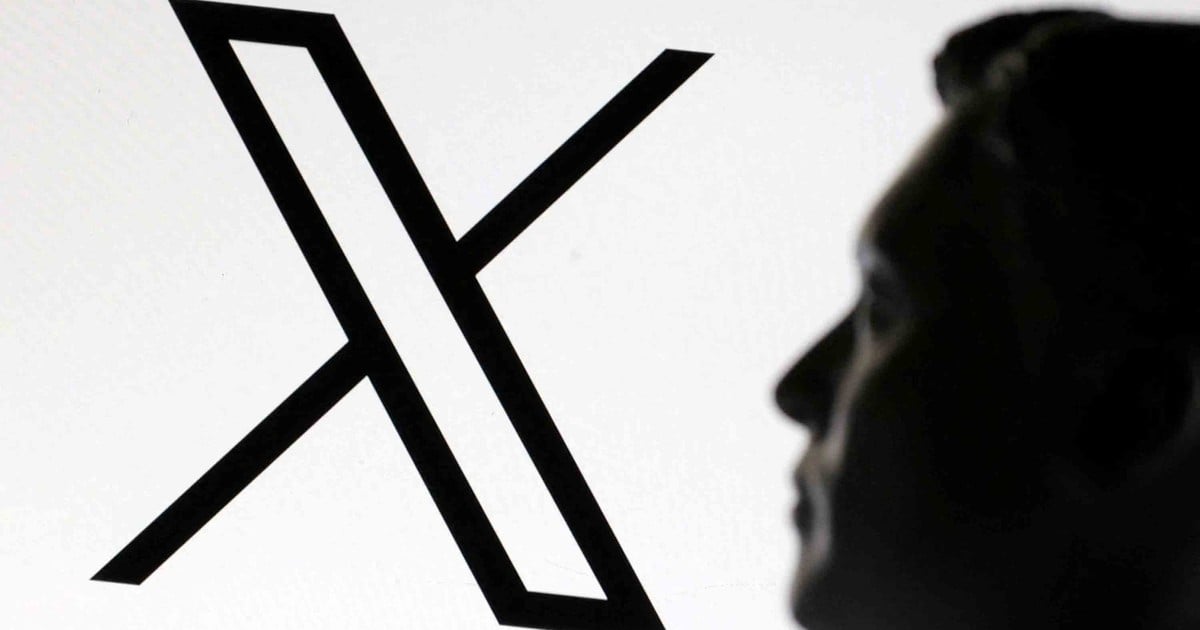

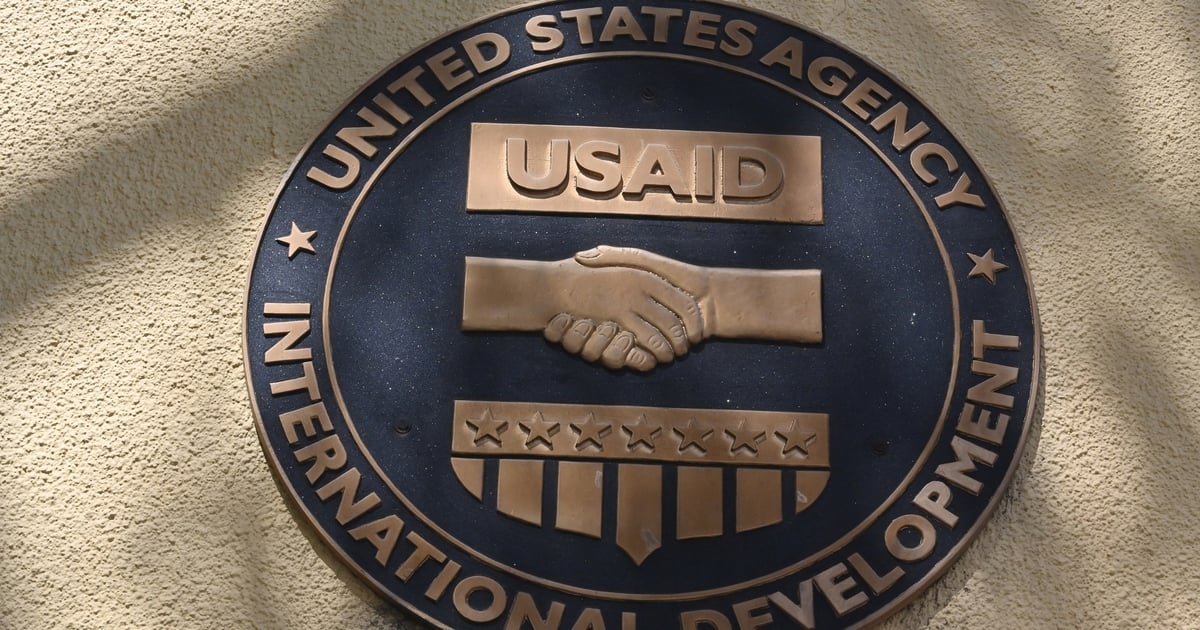


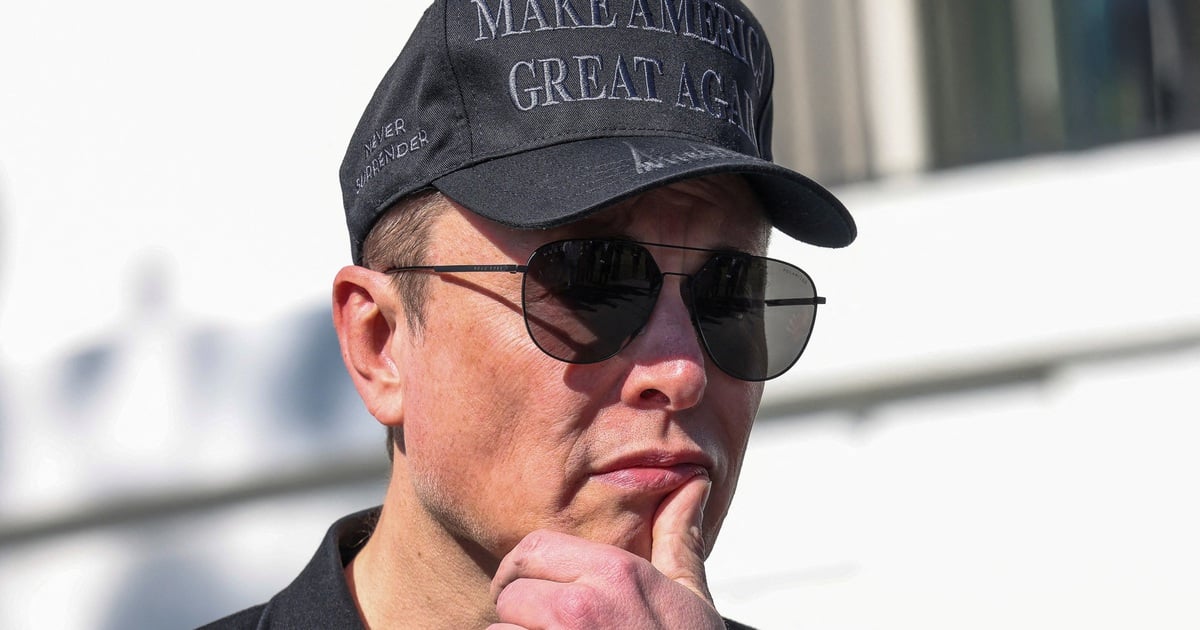
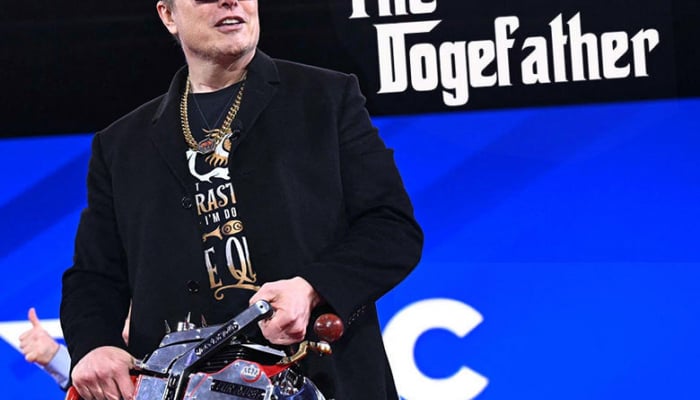



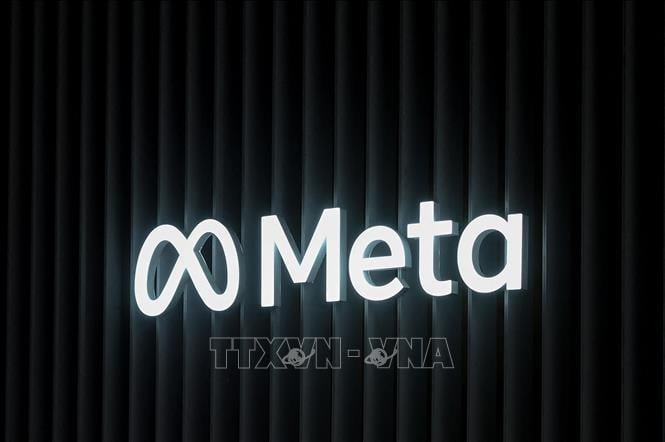
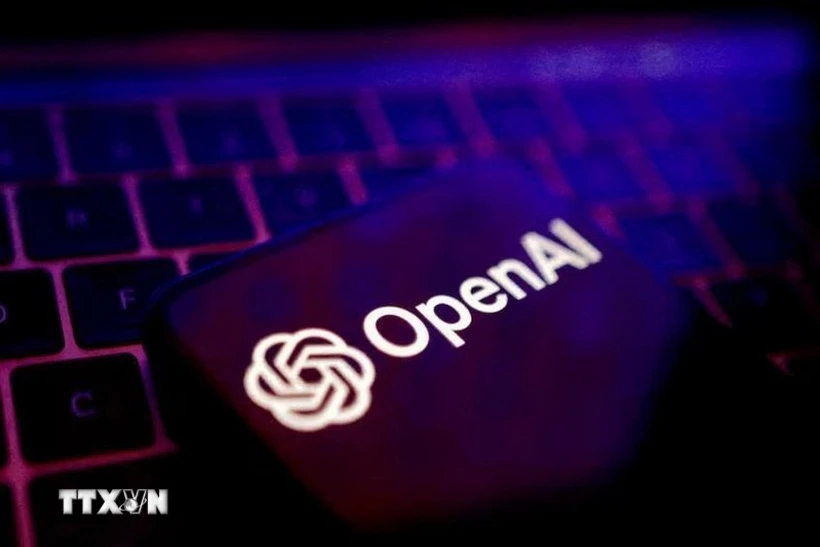
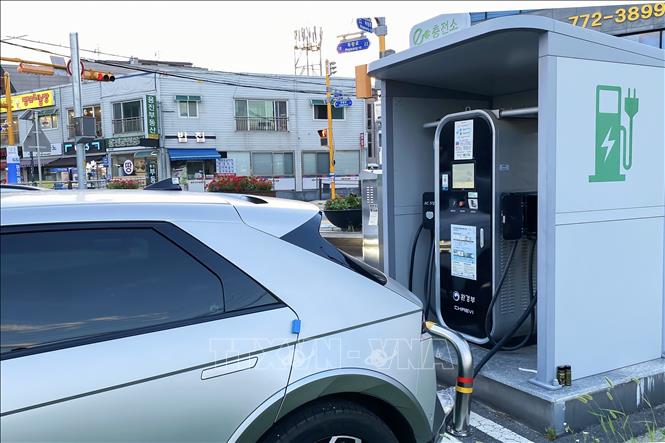



























































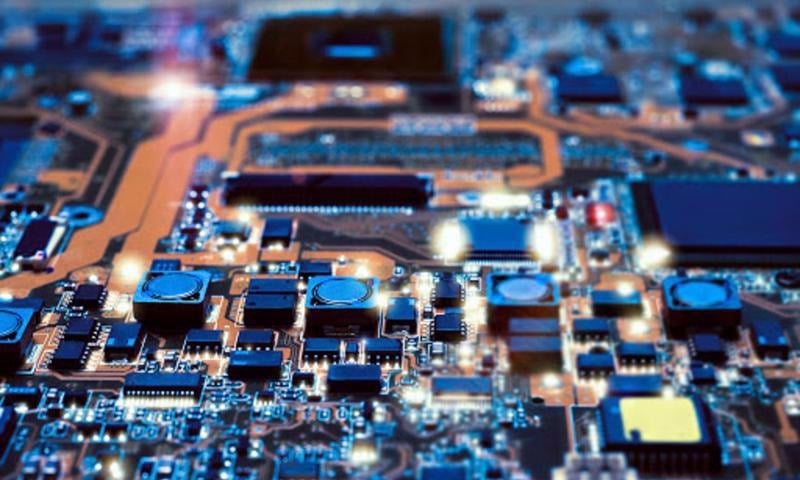

















Comment (0)